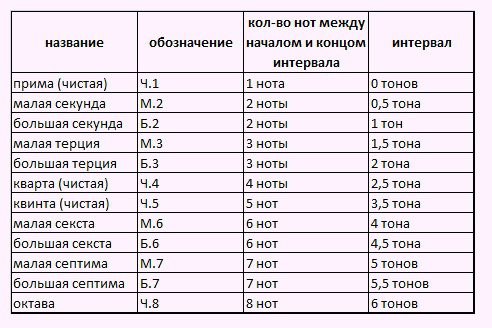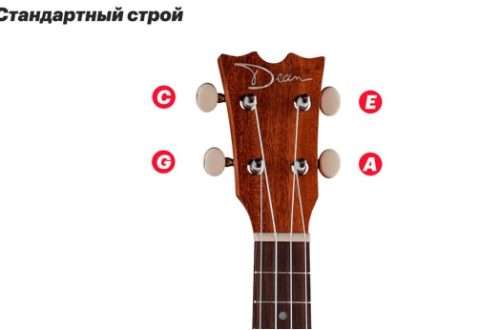How to enroll in a music school: information for parents
Contents
Music lessons (in any form) help children develop not only hearing and rhythm, but also memory, attention, coordination, intelligence, perseverance and much more. How to enroll in a music school, what is required for this – read below.
At what age is admission to music school?
The budget department usually accepts children from the age of 6, and the self-financing department from the age of 5. The upper age limit varies for learning different instruments. So, for example, up to 9 years old are accepted into the piano department, and up to 12 years old into folk instruments. Theoretically, even an adult can come to study at a music school, but only in the extra-budgetary department.
How to choose a music school?
Music schools, as well as general education schools, come in very different levels. There are stronger, more prestigious schools with strong teaching staff. You need to decide what is more important to you – performance or convenience. In the first case, get ready to pass serious entrance tests (the more famous the school, the higher, naturally, the competition for admission to it).
If convenience and saving time are your priority, choose the school closest to your place of residence. For primary education, this option is even preferable, because the main thing is the teacher to whom the child will end up. Learning music involves very close contact with the teacher (individual lessons 2-3 times a week!), so if possible, choose a teacher rather than a school.
When and how to enter a music school?
You will have to worry about how to enroll in a music school in advance. Acceptance of applications for the new academic year usually begins in April. Parents must fill out an application form and submit it to the admissions office. At the end of May – beginning of June, entrance exams are held, based on the results of which students are admitted. After August 20, additional enrollment may be carried out (if there are still free places).
Entrance tests
Each school develops the format of entrance examinations independently. Usually the exam takes the form of an interview with a check of musical data.
Ear for music. The child must sing any song, preferably a children’s song. Singing perfectly reveals the presence or absence of an ear for music. The commission may give several more test tasks – for example, listen and sing a popevka played on an instrument (a melody of several sounds), or determine by ear the number of notes played – one or two.
Sense of rhythm. Most often, when checking the rhythm, they are asked to clap the proposed rhythmic pattern – the teacher claps first, and the child must repeat. They may be asked to sing a song, beating or clapping the rhythm. It is worth noting that an ear for music is subsequently much easier to develop than a sense of rhythm. The members of the commission also take this into account when making their choice.
Memory. “Measuring” memory during admission tests is the most difficult thing, because the child may not remember something due to confusion or inattention. Special tasks to determine the quality of memory are usually not carried out, except that they may be asked to repeat a sung or played melody.
Each of the above three qualities is assessed separately using a five-point system. The total score is the criterion for competitive selection to the school.
Documents for admission
If the child successfully passes the entrance examination, parents must provide the following documents to the school:
- application from parents addressed to the director
- medical certificate of health (not required in all schools)
- photocopy of birth certificate
- photographs (format check with schools)
Getting into a music school is not difficult. It is much more difficult not to lose the desire to study there over the next 5-7 years. After all, learning music is a very labor-intensive process. I wish you success!
Read also – How to enter a music school?




